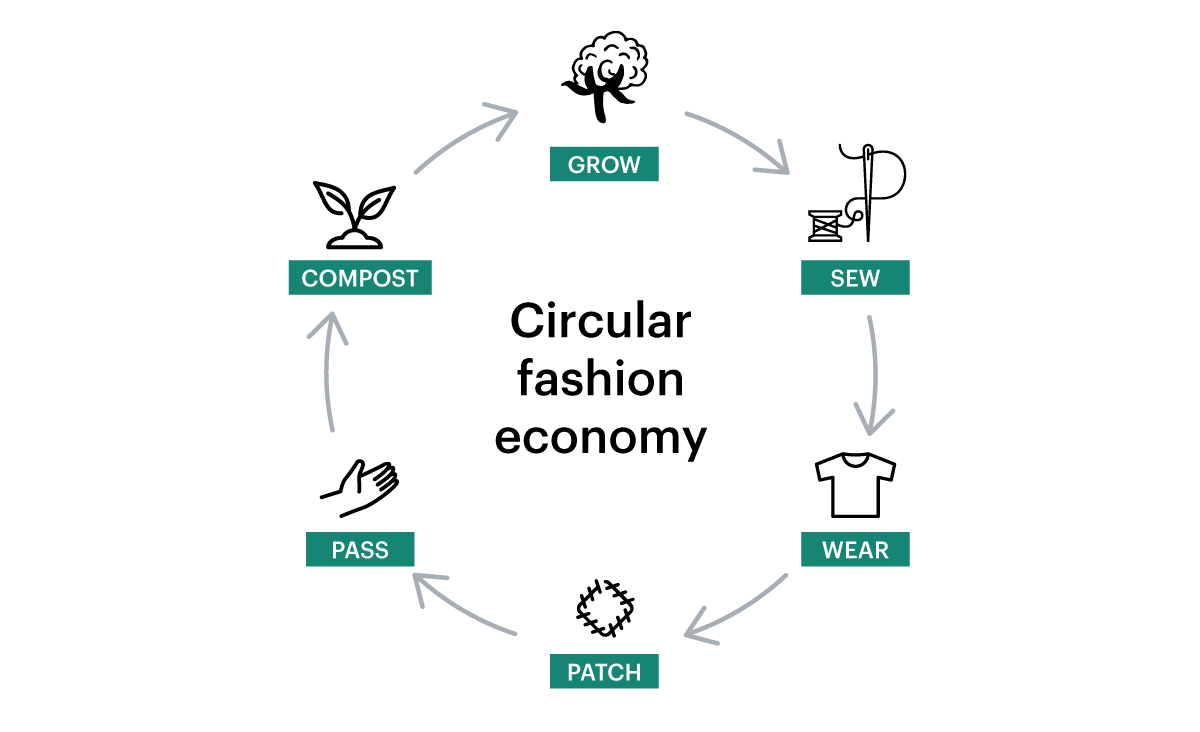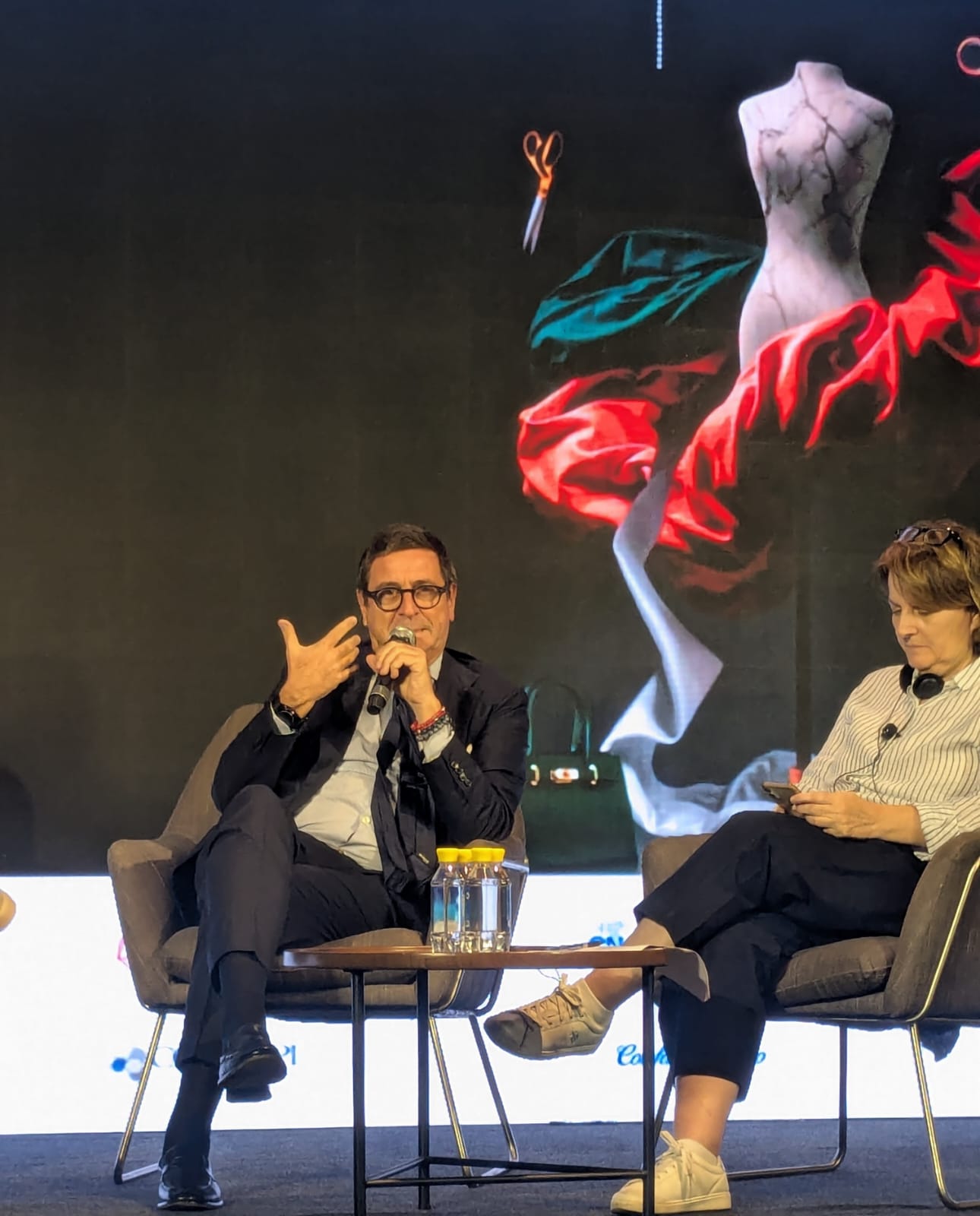
The EU-funded New Cotton Project has successfully concluded its three-and-a-half-year mission of exploring the possibilities of fibre-to-fibre recycling in the textile industry. Here's a breakdown of the project's concept, goals, progress, and potential impact:
Concept and initiative
The project aimed to establish a circular value chain for garment production. Discarded textiles were collected, sorted, and transformed into Infinna fibers, a regenerated cellulose material developed by Infinited Fiber Company. These fibers were then used to create new fabrics for clothing lines.
• Collection and sorting: Used clothing was collected and sorted.
• Regeneration: The sorted textiles were transformed into new, high-quality Infinna fibers using Infinited Fiber Company's technology.
• Manufacturing: The regenerated fibers were spun into yarns and woven into fabrics.
• Production and sales: Leading brands like Adidas and H&M used these fabrics to create garments like the adidas by Stella McCartney tracksuit and an H&M printed jacket and jeans.
Scalability and circularity impact
While the project utilized Infinited Fiber Company's technology, the learnings and established collaborations emphasize open knowledge sharing and new forms of partnership across the textile industry. This suggests a future where the core concept of fibre-to-fibre recycling can be adapted with advancements from various players.
Collaboration: Different industry players need to work together, with design incorporating end-of-life considerations from the start.
Infrastructure development: Improved systems for used textile collection, sorting, and pre-processing are crucial.
Data availability: Better data collection on textile waste quantities and types is essential for informed decision-making.
The project's success suggests Infinna-like regenerated fibers can significantly reduce the environmental impact compared to traditional materials like cotton and viscose. However, widespread adoption requires ongoing research across the entire textile value chain, particularly in sorting technology. The impact on overall circularity is difficult to quantify at this stage. However, the project has demonstrated the potential of regenerated fibers to significantly reduce the environmental footprint compared to traditional materials.
The consortium emphasizes the importance of clear and unified EU legislation to drive sustainable practices in the textile sector. Aligning Extended Producer Responsibility schemes with Ecodesign regulations will help companies prepare for a more circular future.
Looking ahead
The New Cotton Project serves as a stepping stone for a more circular textile industry. Key takeaways include:
• The importance of collaboration across the value chain.
• The need for innovation in sorting and recycling infrastructure.
• The significance of clear consumer communication regarding circularity.
• The potential of legislation to drive sustainable practices.
The project paves the way for commercially viable circular textile production. However, some aspects need addressing. Chemical recycling optimization, ensuring high chemical recovery rates is necessary to minimize the process' environmental footprint. Educating consumers about circularity in textiles is crucial for wider acceptance. Supportive policies like ‘Extended Producer Responsibility’ can incentivize sustainable practices.
While challenges remain, the project has shown that regenerated fibers like Infinna can be a game-changer for sustainable fashion. With continued research and development, this technology has the potential to revolutionize the way we produce and consume clothing.












